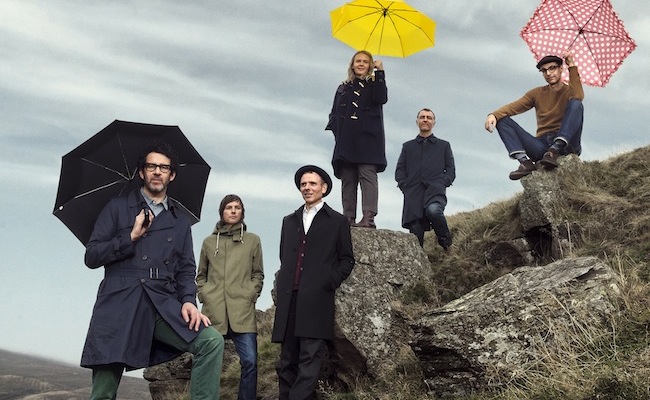
Belle and Sebastian was one of the refreshing acts that emerged in the Indie Pop music scene in the late ’90s after the pleasant mayhem caused by Grunge, Alternative Rock, and Metal in the mainstream had subsided. Not that these genres are unrefreshing; in fact, they are electrifying and equally engaging. However, every time certain genres begin to dominate the scene, bands whose musical path goes the opposite direction suddenly become special and much more interesting, especially if these types of music have that intricate and ornate characteristic in them. This is the curious, yet unsurprising case of Belle and Sebastian’s brand of Indie Pop. There is a sense of uniqueness or rarity in it. Its stylistic sophistication has become its primary asset. That was how Belle and Sebastian painted its niche during its early days—a painstaking climb to the pantheon of purveyors of well-crafted music that derived heavily from the Late Baroque period of Classical music (Vivaldi, Bach, Handel), which is characterized by the lavish use of string orchestration with focus on melody and harmony. This slow ascent to obscure popularity is a well-deserved recognition that Belle and Sebastian earned eventually, at least in the Alternative music scene.
Formed by Stuart Murdoch and Stuart David in 1996, in Glasgow, Scotland, Belle and Sebastian eventually grew into an ensemble of at most eight musicians, staying true to the spirit of the big sound of orchestral music. Currently, however, Belle and Sebastian is reduced to the sextet of Murdoch (vocals, guitars, keyboards), Stevie Jackson (vocals, guitars), Chris Geddes (keyboards), Richard Colburn (drums, percussion), Sarah Martin (keyboards, guitars, vocals), and Bobby Kildrea (guitar, bass). To date, the band has released nine full-length studio albums, from 1996’s Tigermilk to this year’s Girls in Peacetime Want to Dance. Unleashed on January 19, 2015, Belle and Sebastian’s latest album is a more diverse affair than its predecessors. Apart from having the usual strokes of Baroque Pop and Soft Rock, it also highlights the excursion to other musical styles that include Dance, Funk, Soul, and Synthpop.
Girls in Peacetime Want to Dance opens with the piano-led delicatessen “Nobody’s Empire,” a surefire stamp of Belle and Sebastian’s trademark sound and intelligently imaginative lyrics (“Lying on my bed / I was reading French / With the light too bright for my senses…”). It is also a throwback to the band’s 2003 album, Dear Catastrophe Waitress (“If You Find Yourself Caught in Love”) and has a faint echo of Robin Gibb’s “Boys Do Fall in Love;” one might also be interested to check out The Lightning Seeds’ “Marvellous” and The Magic Numbers’ “Throwing My Heart Away” afterwards and throw these into the mix for good measure. Following next is “Allie,” which starts with a vocal Doo-Wop and then bursts sunnily into a soft, horn-dominated stomper. The already upbeat mood shifts to a higher gear as the funky “The Party Line” plays on; a pleasant celebration of Dance Rock sensibilities that hark to the style of Franz Ferdinand (“Take Me Out”), Two Door Cinema Club (“Something Good Can Work”), and Panic! at the Disco (“New Perspective”).
“The Power of Three” is a refreshing breeze, owing to band member Martin’s taking over vocal duties. This is then followed by the introspective vibe of “The Cat with the Cream” (“Sitting at the old kitchen table / Peace and health and dreams / Stretching out in the darkness…”). As “Enter Sylvia Plath” enters, the Belle and Sebastian littérateurs are seemingly summoning their Synthpop influences in the guise of Bronski Beat (“Hit That Perfect Beat”), Pet Shop Boys (“It’s a Sin”), and even the manic glitterball Britpop of Carter the Unstoppable Sex Machine (“The Only Living Boy in New Cross”). After this terpsichorean expedition, “The Everlasting Muse” takes the listener back to the rustic beauty of ’60s Soul-infused Psychedelic Pop of the likes of The Zombies (“She’s Not There”) with a dose of Polka. The psychedelic mood flows into the Worldbeat-flavored “Perfect Couples,” whose angular and funky guitar strums might also remind a Britpop aficionado of the mid-’90s works of the genre’s prime poster band, Blur (“Tracy Jacks”).
The sonic journey turns to the countryside with the steady and swing beat of “Ever Had a Little Faith?” Follows next is “Play for Today” (an original; not a cover of The Cure), taking the listener to ’70s Disco dancefloor; Murdoch’s soulful duet with guest singer Dee Dee Penny of Dum Dum Girls in this song is also worth noting. Once again, Martin provides the female voice to counterpoint Murdoch’s in the sweet, string-soaked “The Book of You,” whose Pop start suddenly turns Grunge-crazy as a guitar adlib is let loose in the coda, sounding like a homage to J Mascis and the rest of Dinosaur Jr. (“Yeah Right”). Finally, Girls in Peacetime Want to Dance aptly wraps up with the slow, dreamy ballad “Today (This Army’s for Peace).”
Belle and Sebastian may not be the only band of its kind. Other groups such as The Pale Fountains (“Palm of My Hand”), The Boo Radleys (“Wake Up Boo!”), The Spent Poets (“Walt Whitman’s Beard”), The Divine Comedy (“Don’t Look Down”), and My Life Story (“12 Reasons Why I Love Her”) all belong to the same stylistic spectrum. Among the lot, only Belle and Sebastian is really proving to be enduring and surviving, without also sacrificing its musical principles. After all, the bands cited had long left the scene—with due respect to them, of course—and without discounting their respective musical legacy. However, especially with a new album out, Belle and Sebastian seems to be the last band standing proudly, waving the flag of Indie Pop as high as ever. CrypticRock gives Girls in Peacetime Want to Dance 5 out of 5 stars.
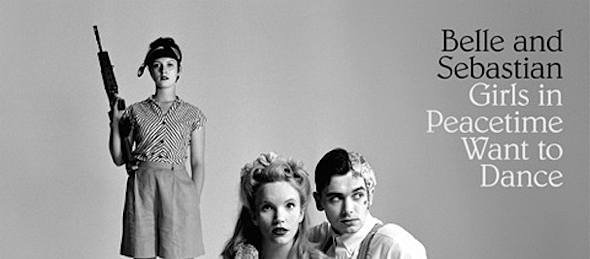
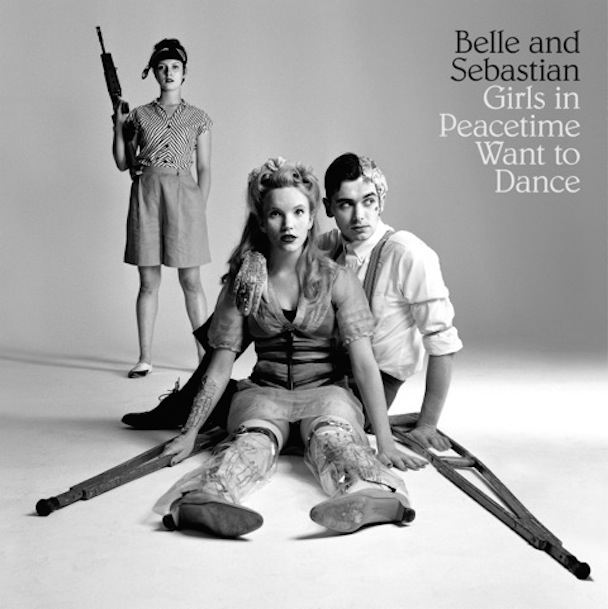
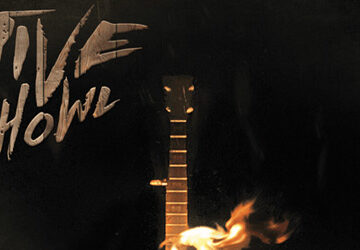
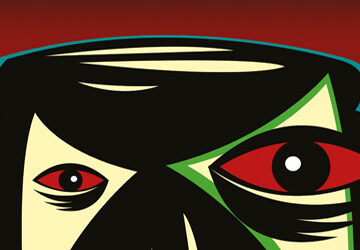


No comment